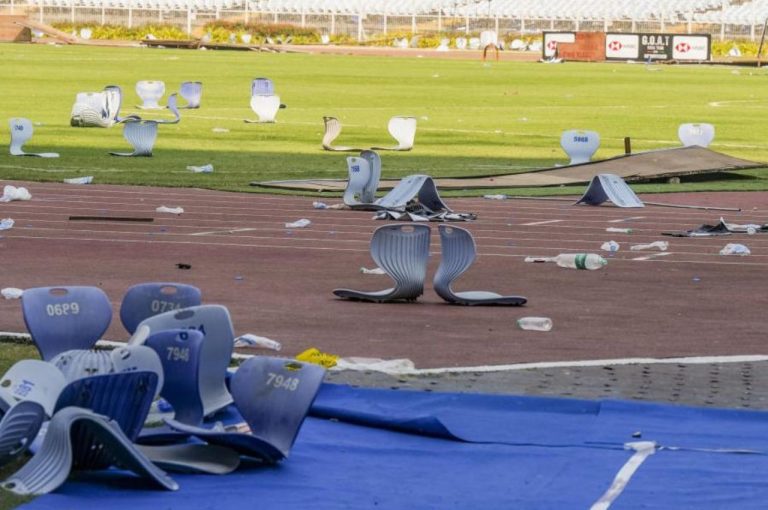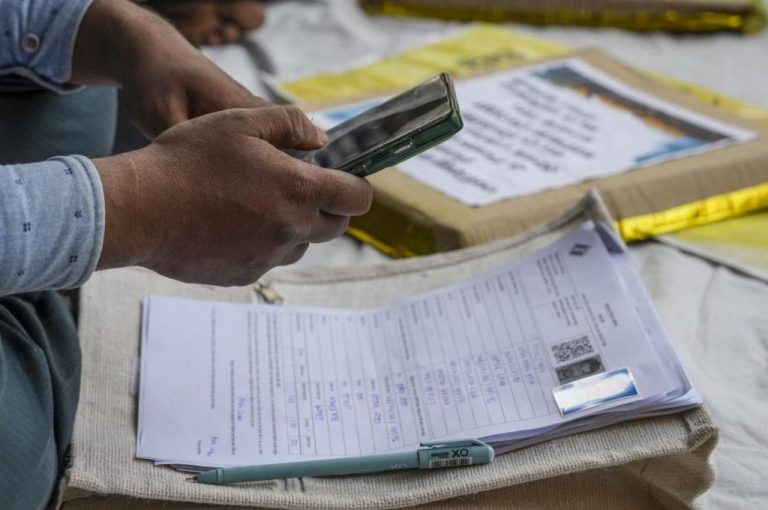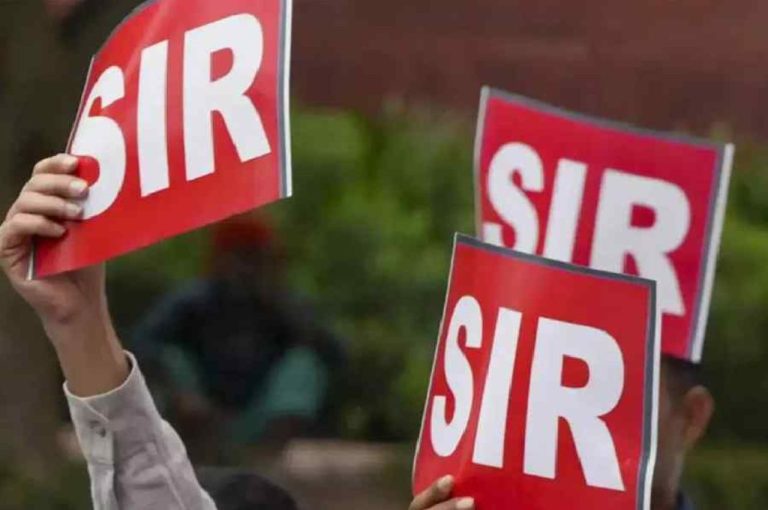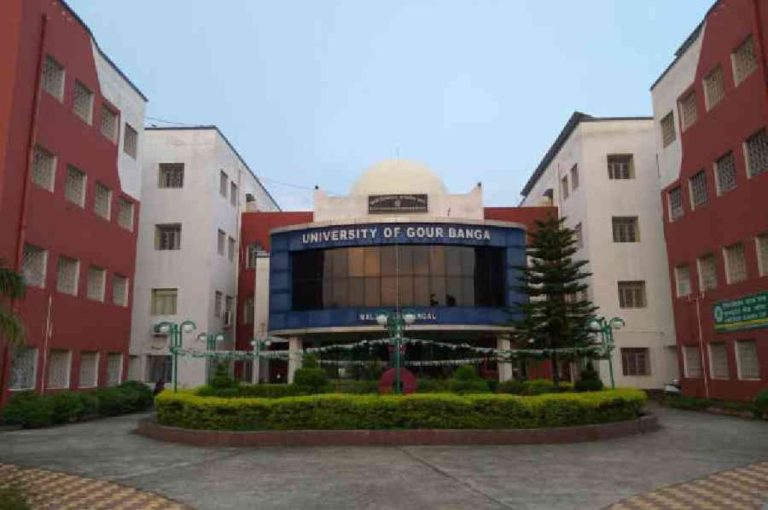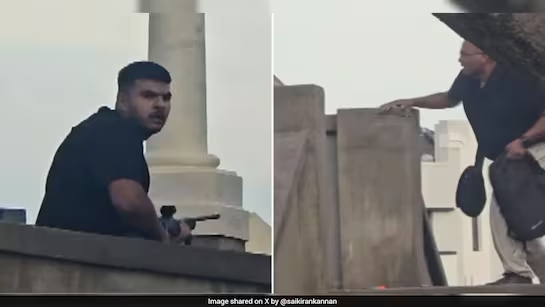Security and Crowd Management in West Bengal: The Salt Lake Stadium vandalism during Lionel Messi’s Kolkata event in December 2025 shocked football fans across India. What was meant to be a celebration of the world’s greatest footballer turned into chaos, with broken seats, hurled bottles, and police arrests. The incident raised serious questions about event management, crowd control, and public safety in India’s largest stadium.
2. Background of Salt Lake Stadium
Salt Lake Stadium, officially known as Vivekananda Yuba Bharati Krirangan, is one of Asia’s largest football stadiums. Built in 1984, it has hosted:
- International matches featuring Brazil, Argentina, and Germany.
- Domestic tournaments like the I‑League and Indian Super League.
- Cultural events, political rallies, and concerts.
Its reputation as the football capital of India’s venue made it the natural choice for Messi’s event. However, its history also includes challenges with crowd control, including stampedes and clashes during high‑profile matches.
3. The Messi Event Chaos
What Happened
- Fans frustrated by poor visibility and Messi’s hurried departure began throwing bottles and chairs.
- Broken plastic seats and scattered debris littered the stadium.
- Police intervened, arresting five individuals identified through video footage.
- The main organizer, Satadru Dutta, was taken into custody.
Why It Happened
- Poor Planning: Seating arrangements did not match ticket sales.
- Lack of Communication: Fans were not informed about Messi’s limited appearance.
- Security Gaps: Insufficient personnel to manage the crowd.
- Emotional Overload: Fans’ passion for football turned into anger when expectations were unmet.
4. Security and Crowd Management in West Bengal: Police Response
The Bidhannagar Police acted swiftly:
- Arrested five individuals for vandalism.
- Detained the main organizer under charges of mischief and provocation.
- Issued summonses to event managers and officials.
- Applied laws including the Prevention of Damage to Public Property Act, 1984 and the West Bengal Maintenance of Public Order Act.
Government External Links
- West Bengal Police: https://wbpolice.gov.in
- Ministry of Home Affairs: https://www.mha.gov.in
- Election Commission of India (public order references): https://eci.gov.in
5. Legal Framework
The arrests were made under:
- Indian Penal Code (IPC): Sections on rioting, mischief, and assault.
- Prevention of Damage to Public Property Act, 1984.
- West Bengal Maintenance of Public Order Act.
These laws empower police to act against individuals who disrupt public peace and damage property.
6. Crowd Management Challenges in India
The incident highlighted systemic issues:
- Ticketing Mismanagement: Overselling or unclear seating categories.
- Infrastructure Limitations: Old stadium designs not suited for modern mega events.
- Security Coordination Gaps: Lack of synergy between police and private security.
- Communication Failures: No clear announcements or crowd guidance.
7. Historical Context of Stadium Incidents
India has witnessed several crowd‑related incidents:
- 1997 Eden Gardens Stampede: During an India vs Sri Lanka match.
- 2012 Kolkata Derby Clashes: Between East Bengal and Mohun Bagan fans.
- 2017 ISL Final Chaos: Over ticketing disputes.
These incidents show that crowd management remains a recurring challenge in Indian sports culture.
8. Global Comparisons
International stadiums have faced similar challenges:
- Heysel Disaster (1985, Belgium): 39 fans died in a stampede.
- Hillsborough Disaster (1989, UK): 96 fans died due to overcrowding.
- Brazil World Cup 2014: Strict FIFA protocols ensured safety despite massive crowds.
Compared to these, India’s stadiums often lack modern crowd monitoring technologies like AI‑based surveillance, digital ticketing, and real‑time communication systems.
9. Impact on Kolkata’s Reputation
Kolkata, known as the football capital of India, faced embarrassment. While Mumbai, Hyderabad, and Delhi hosted smooth events during Messi’s tour, Kolkata stood isolated due to mismanagement. This incident risks discouraging future international stars from performing in the city.
10. Lessons for Future Mega Events
- Better Planning: Detailed seating and visibility arrangements.
- Technology Use: Digital ticketing and crowd flow monitoring.
- Security Coordination: Collaboration between police, private security, and event managers.
- Public Communication: Clear announcements and crowd guidance.
- Emergency Protocols: Quick response teams for crowd control.
11. Policy Analysis
The incident underscores the need for:
- Government oversight in licensing mega events.
- Mandatory safety audits before granting permissions.
- Training programs for event managers and police.
- Public accountability for organizers.
12. Future Outlook – Smart Stadiums
India must move towards smart stadiums with:
- AI‑based crowd monitoring.
- Digital ticketing linked to Aadhaar.
- Real‑time communication apps for fans.
- Emergency evacuation protocols.
13. Conclusion
The Messi event vandalism at Salt Lake Stadium is a wake‑up call. It highlights the passion of Indian fans, but also the urgent need for professional event management, government oversight, and modern infrastructure. If lessons are learned, Kolkata can reclaim its reputation as the football capital of India and continue hosting global icons safely.
Also read: Home | Channel 6 Network – Latest News, Breaking Updates: Politics, Business, Tech & More

